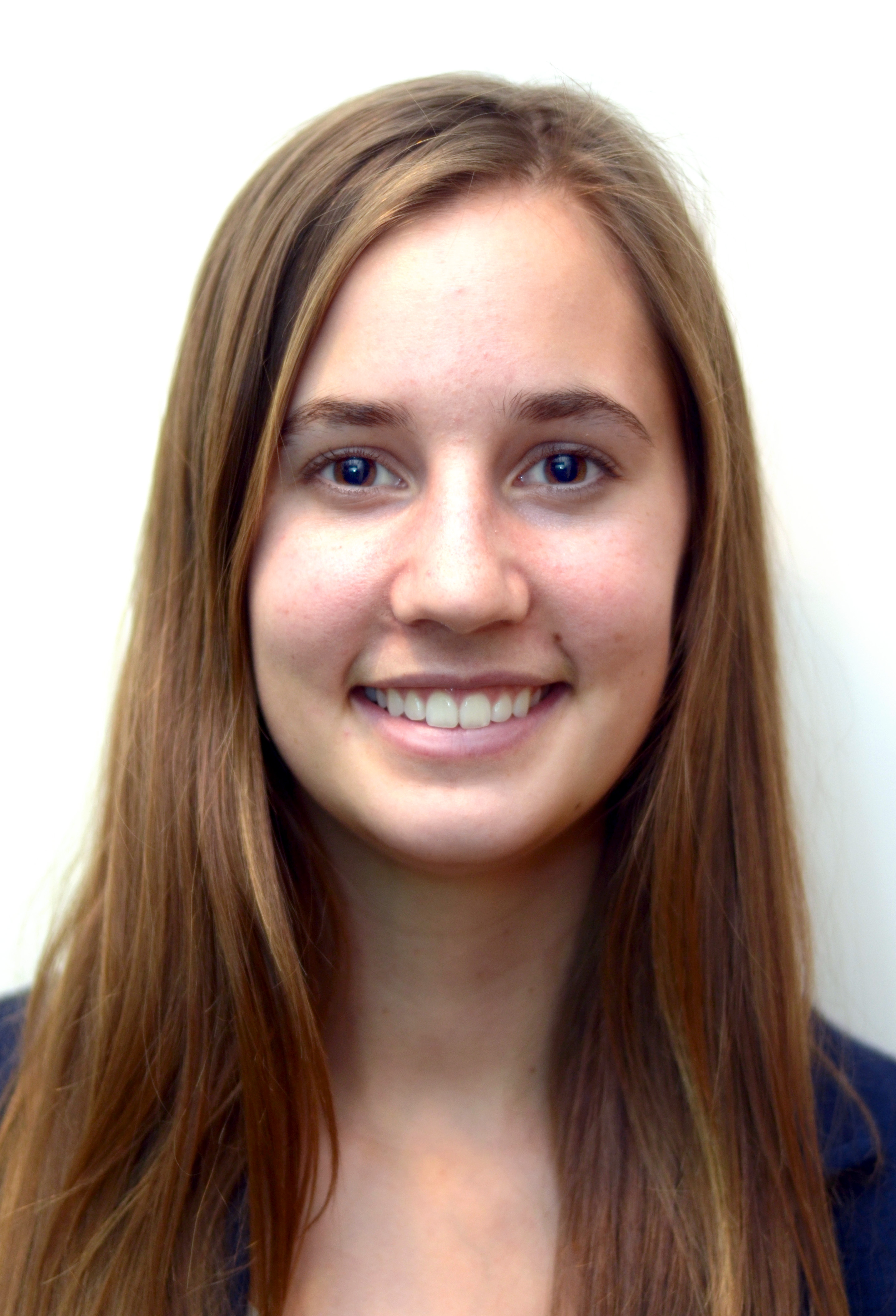Revived Student Advocate USAC position is a step in the right direction

Kimberly Grano
By Daily Bruin Staff
June 1, 2012 12:20 a.m.
Whether it is a bothersome university policy or a seemingly unjust grade, students often have concerns that they want addressed. However, some may not know how to work their way through the complex bureaucracy of a university to make their voices heard.
What if there were an Undergraduate Students Association Council position devoted to helping students sort out a variety of university-related problems?
It turns out such a position already exists but simply has not been filled for the past two years.
Next year, however, the USAC Office of the President will reintroduce a student advocate position to help students handle grievances with the university and other policy disputes. Bringing back the student advocate is a good start in providing the entire student body with a much needed resource, but USAC should ensure the advocate’s services are not only practical in theory but effective when implemented.
Though there is a description of the student advocate in the Undergraduate Students Association bylaws, and it was listed in the application for the 2011-2012 presidential appointed positions, no one has filled the position for several years.
Former USAC President Emily Resnick said that her office did not have a student advocate this year because there was not a qualified enough applicant to merit bringing back the position.
David Bocarsly, current USAC President, said his office next year will have different priorities, one of which is reinstating a student advocate.
By reintroducing the student advocate, Bocarsly is making a promising start to his term, demonstrating that his administration will try to make changes to benefit the UCLA community as a whole. Through the student advocate, students will be able to bring up concerns that they may not be able to speak directly to the administration or their professors about.
Though this is a step in the right direction, a major effort needs to be made to spread the word about this re-established student service, and the Office of the President needs to invest time and effort in the new position for it to succeed.
USAC should make it a primary goal to let students know that student government can and will address their individual problems, but increasing publicity will be easier said than done.
Bocarsly said to increase visibility, the student advocate will hold office hours for students to come in and discuss the individual issues with university policy they want resolved. This is a good first step, but the student advocate should also be proactive and reach out to students, especially since the student body presently has not heard of such a position for at least a few years.
Early in their term, the student advocate should search for student issues that would be best served through the new position and attempt to solve those problems, which include cases about financial aid disputes and misconduct charges. That way, a precedent will be established for the kind of work they are involved in, as most students are likely unaware of what kinds of cases the student advocate can handle.
Though Bocarsly said another positive aspect of this position is that it will be cost-free, USAC should consider expanding the position and investing some USAC funds in it so that it can serve as many students as possible in the future. As there will only be one student advocate, he or she will only be able to take on a limited number of cases in limited depth. And seeing that the Undergraduate Students Association bylaws state the student advocate must “assist any student who requests assistance, without regard to the nature of the problem,” they are likely to be confronted with a wide variety of issues, to each of which they must have an informed solution.
Stacy Suh, student advocate at UC Berkeley, said whoever fills UCLA’s position will have to be very knowledgeable about university policies and should be able to form a strong relationship with the administration and other university offices. That said, the student appointed for the upcoming year will be taking on a major responsibility.
But judging from UC Berkeley’s successful Student Advocate Office, with numerous case-workers handling both individual cases and larger policy problems, such as grade disputes or frequently occurring problems with the Student Conduct Office, such a position can be effective if it expands to support a large student body.
After the newly re-established student advocate position finds its footing, its focus should be growth.
USAC should aim to emulate UC Berkeley’s position by gradually building up an office with case-workers supporting the student advocate. Students interested in law or public policy should be recruited for positions in a potential Student Advocate Office, as they would get hands-on experience working with clients and ensuring their rights. For this to happen, it will require some USAC funds, but the ability to help any student on campus with a university problem would be well worth it.
Though many USAC offices and programs focus on aiding specific groups of students, the student advocate provides a beneficial service to the entire student body.
The student advocate should not be just a figurehead position, and USAC should work to make sure it accomplishes its goals and expands its presence on campus in the coming years.
Email Grano at [email protected]. Send general comments to [email protected] or tweet us @DBOpinion.


